Understanding Camera UPS Systems
Camera Uninterruptible Power Supplies (UPS) are critical components designed to provide reliable power to essential electronics. These systems are engineered to prevent power interruptions that could affect the performance of devices such as computers, servers, and other sensitive equipment. A camera UPS is particularly vital in maintaining the integrity of data and ensuring that devices remain operational during power fluctuations.
Types and Applications
There are various types of camera UPS systems, each tailored to specific needs and applications. Standby, line-interactive, and double-conversion UPS systems offer different levels of protection and efficiency. These systems are not only pivotal in safeguarding against data loss but also play a crucial role in settings where continuous power is non-negotiable, such as in surveillance, data centers, and critical computing environments.
Features and Materials
Modern camera UPS units are equipped with advanced features such as automated voltage regulation, power filtering, and scalable battery runtimes. The materials used in these systems are selected for durability and performance, ensuring that they can withstand the demands of various environments. The design of these UPS systems often reflects a balance between robustness and aesthetic appeal, making them suitable for both industrial and office settings.
Advantages of Camera UPS Systems
The advantages of integrating a camera UPS into your system are manifold. They provide a buffer against power anomalies, help to manage power distribution effectively, and can extend the lifespan of connected devices by protecting them from electrical damage. Additionally, these systems can offer peace of mind by maintaining operations during unexpected power disruptions.
Selection Criteria
Choosing the right camera UPS involves considering power requirements, physical dimensions, and additional functionalities. It is essential to assess the power demand of your devices to select a UPS with adequate capacity. Furthermore, the physical size should be compatible with the available space, and features such as remote management or expandable battery modules may be crucial for your specific application.
Conclusion
Selecting an appropriate camera UPS system is a strategic decision that can significantly impact the reliability and efficiency of your operations. While exploring the vast collection of camera UPS options, consider the system's adaptability to evolving computer architectures and its ability to meet your power needs. Remember, a well-chosen UPS is not just an accessory but a cornerstone of continuous and stable performance for your critical devices.













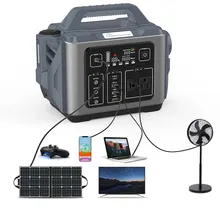




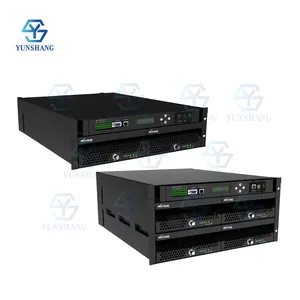
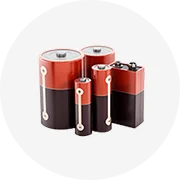

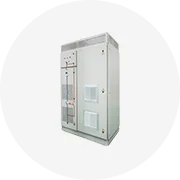
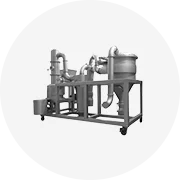

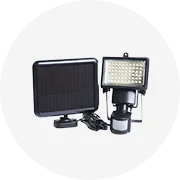
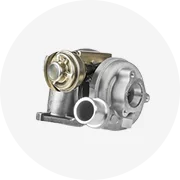
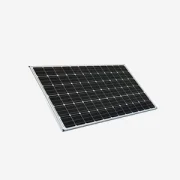








 浙公网安备 33010002000092号
浙公网安备 33010002000092号 浙B2-20120091-4
浙B2-20120091-4